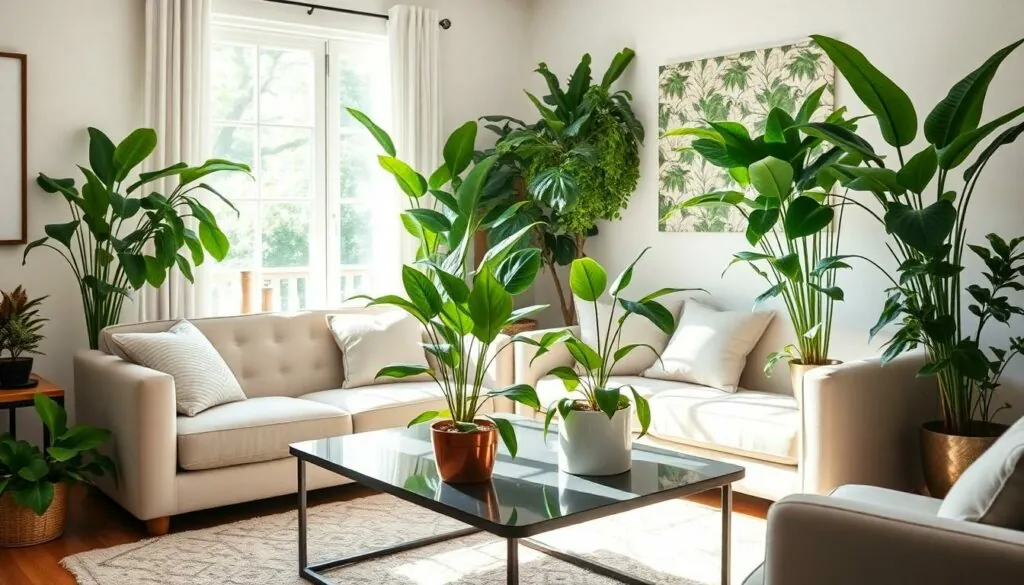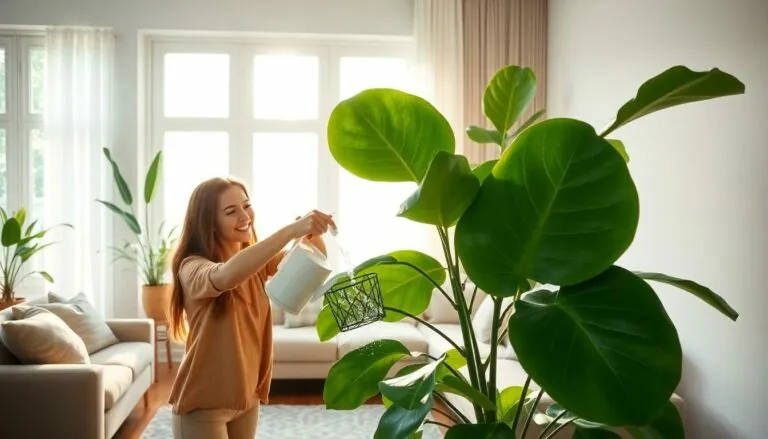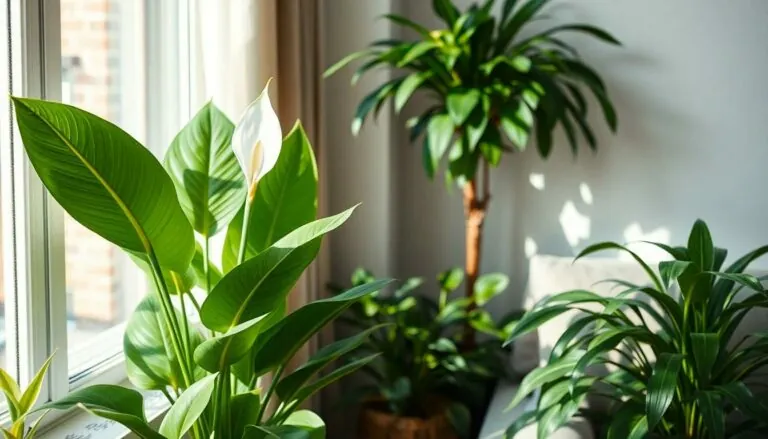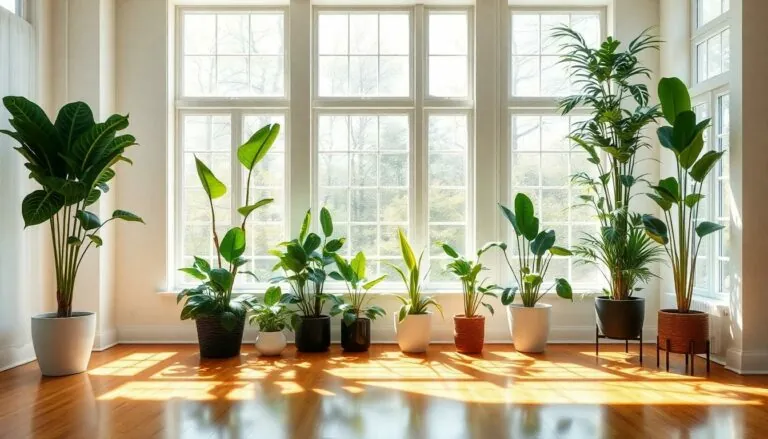Table of Contents
ToggleBreathing clean air is essential, but who wants to live in a sterile bubble? Enter indoor plants—the green superheroes of air purification! Not only do they spruce up your space, but they also work tirelessly to filter out toxins and boost your mood. It’s like having a personal air quality assistant that doesn’t even require a paycheck.
Best Indoor Plants for Air Purification
Several indoor plants excel at purifying the air. The Peace Lily stands out due to its ability to remove harmful toxins like ammonia and formaldehyde. Spider Plants also rank high; they effectively filter various indoor pollutants while thriving in indirect sunlight.
Another excellent choice, the Snake Plant, tolerates low light and requires minimal care. It’s well-known for absorbing carbon dioxide at night, converting it to oxygen. Boston Ferns contribute significantly to air quality by eliminating formaldehyde and other chemicals.
Rubber Plants offer aesthetic appeal alongside air-purifying qualities. They can absorb toxins and are relatively easy to maintain. Aloe Vera serves a dual purpose: it purifies the air and provides soothing gel for skin care.
Chinese Evergreen thrives in low-light environments, and its ability to filter out toxins makes it a practical choice for any home. Pothos wins points for its hardiness and its effectiveness in reducing indoor toxins.
For smaller spaces, the Bamboo Palm performs well, acting as a natural humidifier while removing benzene and formaldehyde. These plants collectively help improve indoor air quality and create a healthier living space.
Top Air-Purifying Plants
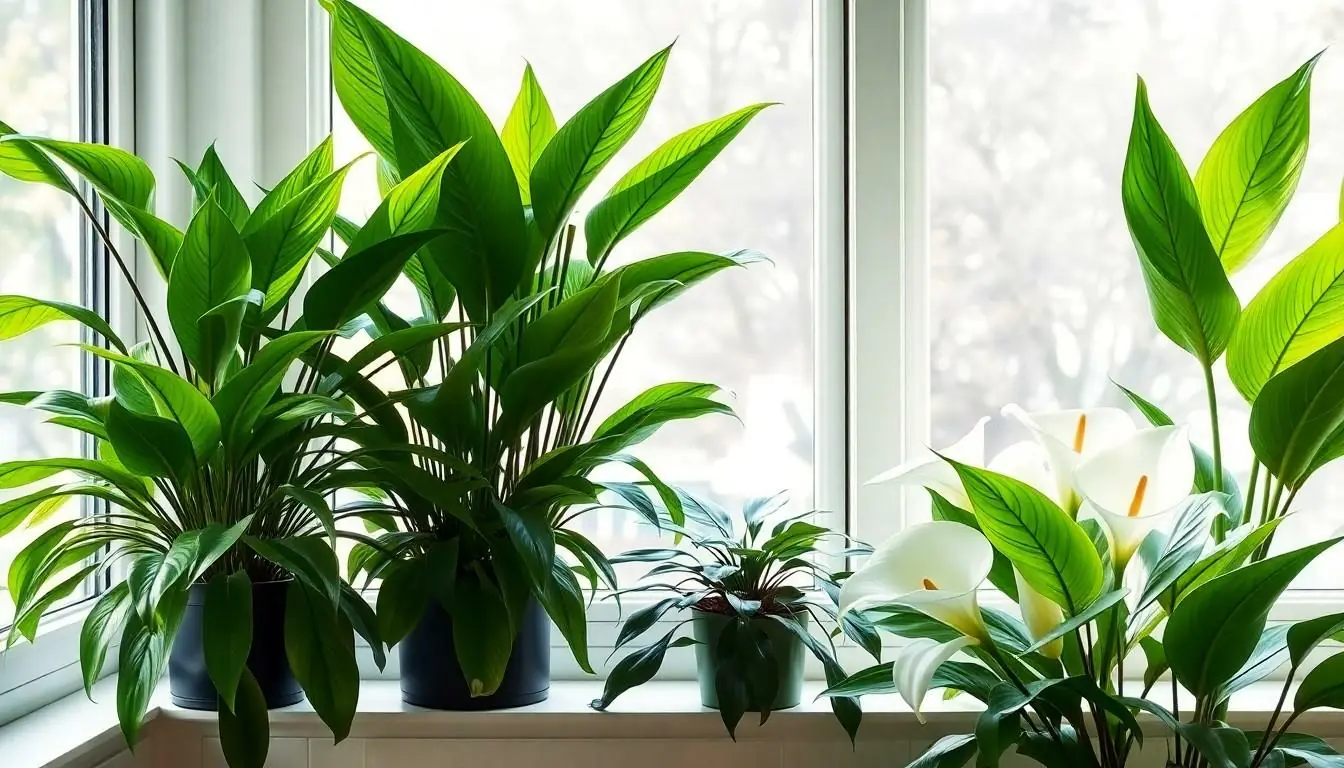
Indoor plants play a significant role in enhancing air quality. Among the best choices are the Spider Plant and the Peace Lily, known for their effective air-purifying properties.
Spider Plant
Spider Plants thrive in various light conditions, making them suitable for many indoor environments. This plant excels at removing toxins like formaldehyde and xylene. At maturity, it can produce numerous offshoots, adding to its aesthetic appeal. Caring for a Spider Plant requires minimal effort, as it can tolerate occasional neglect. Watering every 1 to 2 weeks typically suffices. Additionally, benefits from being pet-friendly enhance its value for households with animals.
Peace Lily
Peace Lilies are celebrated for their elegant white blooms and air-purifying abilities. They effectively filter out ammonia, benzene, and other toxic chemicals. Preferred conditions include low to moderate light, allowing versatility for placement in different rooms. Regular watering, when the soil feels dry, supports optimal growth. Peace Lilies also boost humidity levels, creating a more comfortable indoor environment, and they are non-toxic to pets, making them a safe option for families.
Benefits of Indoor Plants
Indoor plants offer numerous advantages, especially when it comes to improving air quality and enhancing overall well-being.
Improved Air Quality
Indoor plants play a crucial role in enhancing air quality. They absorb carbon dioxide and release oxygen, promoting a balanced atmosphere. Certain plants effectively filter out pollutants like formaldehyde, benzene, and trichloroethylene. For instance, the Spider Plant removes toxins effectively, ensuring a healthier indoor environment. Peace Lilies also contribute significant air purification, particularly in areas with low light. Incorporating multiple plants can create an appreciable impact, making indoor spaces more refreshing and breathable.
Enhanced Mood and Productivity
Having indoor plants boosts mood and productivity significantly. Studies show that greenery can reduce stress and anxiety, creating a calming ambiance. Increased humidity levels from plants such as Peace Lilies can prevent dry skin, enhancing comfort. Those working in plant-filled environments often report higher levels of focus and creativity. Plants also add a touch of nature, promoting feelings of happiness and relaxation. Overall, incorporating indoor plants cultivates an inviting atmosphere, positively influencing mental health and productivity.
Choosing the Right Plants
Selecting the right indoor plants maximizes air purification while fitting specific environments. Consider factors such as light and maintenance needs to ensure success.
Light Requirements
Many indoor plants thrive under varying light conditions. The Snake Plant flourishes in low light, making it ideal for shadier areas. Conversely, the Pothos prefers bright, indirect light for optimal growth. Peace Lilies can adapt to moderate light yet will flower best with more brightness. Notably, understanding light conditions allows for choosing plants that enhance air quality without compromising their health.
Maintenance Needs
Understanding maintenance needs simplifies plant care. Spider Plants require minimal attention, making them excellent for busy individuals. Rubber Plants thrive with bi-weekly watering and can handle neglect. Aloe Vera prefers a well-draining potting mix and only needs water when the soil dries out. Prioritizing plant maintenance ensures longevity and consistent air purification benefits.
Tips for Plant Care
Caring for indoor plants enhances their air-purifying abilities. Proper attention ensures that these green companions thrive.
Watering and Feeding
Water plants based on their specific needs. Spider Plants prefer slightly moist soil, while Snake Plants thrive when allowed to dry out. Fertilize every few months during the growing season with a balanced houseplant formula. Peace Lilies benefit from a balanced liquid fertilizer every six to eight weeks. Over-watering can lead to root rot; monitor soil moisture before watering. Observe the leaves for signs of dehydration or nutrient deficiency. Healthy plants grow well and filter air effectively.
Pest Management
Regularly inspect plants for common pests like spider mites, aphids, and mealybugs. Remove pests manually by wiping leaves with a damp cloth. Neem oil acts as a natural pesticide, offering effective treatment for infestations. Maintaining humidity levels helps deter pests; many indoor plants thrive in a humid environment. Quarantine any newly acquired plants to prevent pest spread. Treat infested plants promptly to minimize damage and ensure continued air purification benefits.
Choosing the right indoor plants can significantly enhance air quality while adding beauty to living spaces. With options like the Peace Lily and Spider Plant, anyone can enjoy the benefits of natural air purification. These plants not only filter harmful toxins but also contribute to a more serene and inviting atmosphere.
By incorporating a variety of these air-purifying plants, individuals can create a healthier environment that promotes well-being. Proper care and attention to each plant’s needs will maximize their air-purifying abilities, ensuring a thriving indoor garden. Embracing indoor plants is a simple yet effective way to improve air quality and elevate mood in any home.

